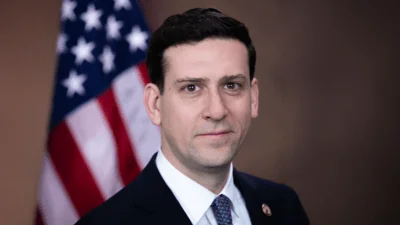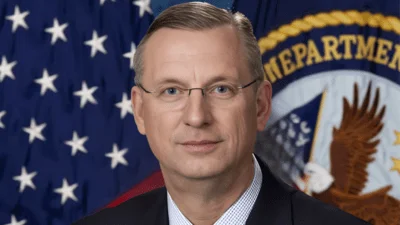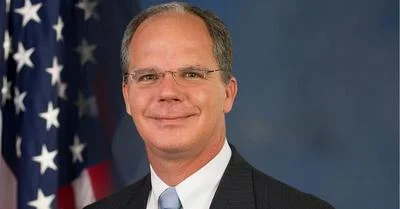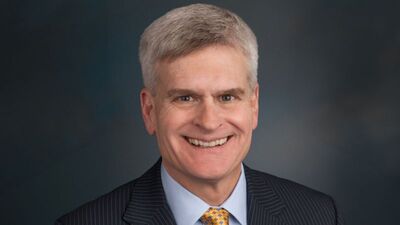Congressman Tim Ryan (D-OH), Chair of the Legislative Branch Appropriations Subcommittee, delivered the following remarks at the Subcommittee's hearing on U.S. Capitol Police and House Sergeant at Arms, Security Failures on January 6.
Good morning to our panel. I am pleased to welcome the Acting Chief of the Capitol Police, Yogananda Pittman and the Acting House Sergeant at Arms, Tim Blodgett.
Today is our third of three hearings reviewing the aftermath of the breaching of the Capitol by an insurrectionist mob on January 6th. The purpose of this hearing is to dig deeper into the failures that occurred on January 6. I, and the members of this subcommittee, will be asking some uncomfortable questions as we conduct a thorough review of what went wrong.
I want to emphasize at the outset that the hearing is not a “gotcha" exercise. None of us at this hearing can forget the events of January 6th. But how we respond will determine how we collectively learn from the trials of that day.
As we move forward, we do not want to fall into the trap of preparing to fight the last war. We must be prepared to ensure the next one never happens and if we ignore the mistakes of the past, the capitol campus will continue to be vulnerable to unknown and unexpected threats.
So, I am going to start with a meeting I had on January 5th. I was briefed by then House Sergeant at Arms Paul Irving, and U.S. Capitol Police Chief Sund. During that briefing, both Chief Sund and Mr. Irving provided assurances that the Capitol Complex had comprehensive security and there was no active intelligence that groups would become violent at the Capitol during the certification of electoral votes.
I was later told by Chief Sund that his department did not have intelligence that there would be an armed insurrection. Although we now know that there was in fact an intelligence report from his own department released on the 3rd which states:
“…Unlike previous post-election protests, the targets of the pro-Trump supporters are not necessarily the counter-protesters as they were previously, but rather Congress itself is the target on the 6th. As outlined above, there has been a worrisome call for protesters to come to these events armed and there is the possibility that protesters may be inclined to become violent...This combined with Stop the Steal’s propensity to attract white supremacists, militia members, and others who actively promote violence, may lead to a significantly dangerous situation for law enforcement and the general public alike…".
But even putting the Capitol Police intelligence assessment aside, how could the security planning, policies, and procedures apparently be so lacking and ill prepared?
This event was widely promoted on social media weeks in advance, and your own report specifically shows the department was monitoring these posts. There were numerous groups with a history of violence known to be planning to attend and these groups were actively discussing their plans on social media. I am at a loss to understand how your own intelligence report, and then later as the mob walked 16 blocks, growing in size and aggressive demeanor, failed to impact the Capitol Police force security posture.
I also would like the panel to address the failures regarding command, control, and communication. I have spoken to many officers who felt that on the day of the attack they were left alone and unsure how to respond. How did command and control break down so quickly? What needs to be changed?
It has been widely reported that senior leadership was not reachable nor providing direction to the officers. Is that true? We have also been told that there was not a clear understanding of the rules of engagement and the level of force that officers were expected to use as the attack unfolded. How could that have happened? Once the Capitol was breached, was there a strategic plan to secure the building?
Now looking forward, I hope you can provide updates to the committee as to how the Capitol Police and House Sergeant at Arms are currently protecting the campus and its workforce, and to talk about the next steps to ensure the future physical safety of our campus. We need to know what you think are the major institutional and cultural reforms and/or overhauls needed to maintain as safe and as open a campus as possible, so that visitors from across the country and around the world can witness representative democracy in action.
I look forward to your answers to the questions I have raised and I want you to know that we are very thankful for your service and that of the staff of your organizations who work so hard to make this House run. At this point I would like to yield to my friend and colleague the Ranking Member, Jaime Herrera Beutler, for any opening comments she would like to make.
Source: U.S. Department of HCA








